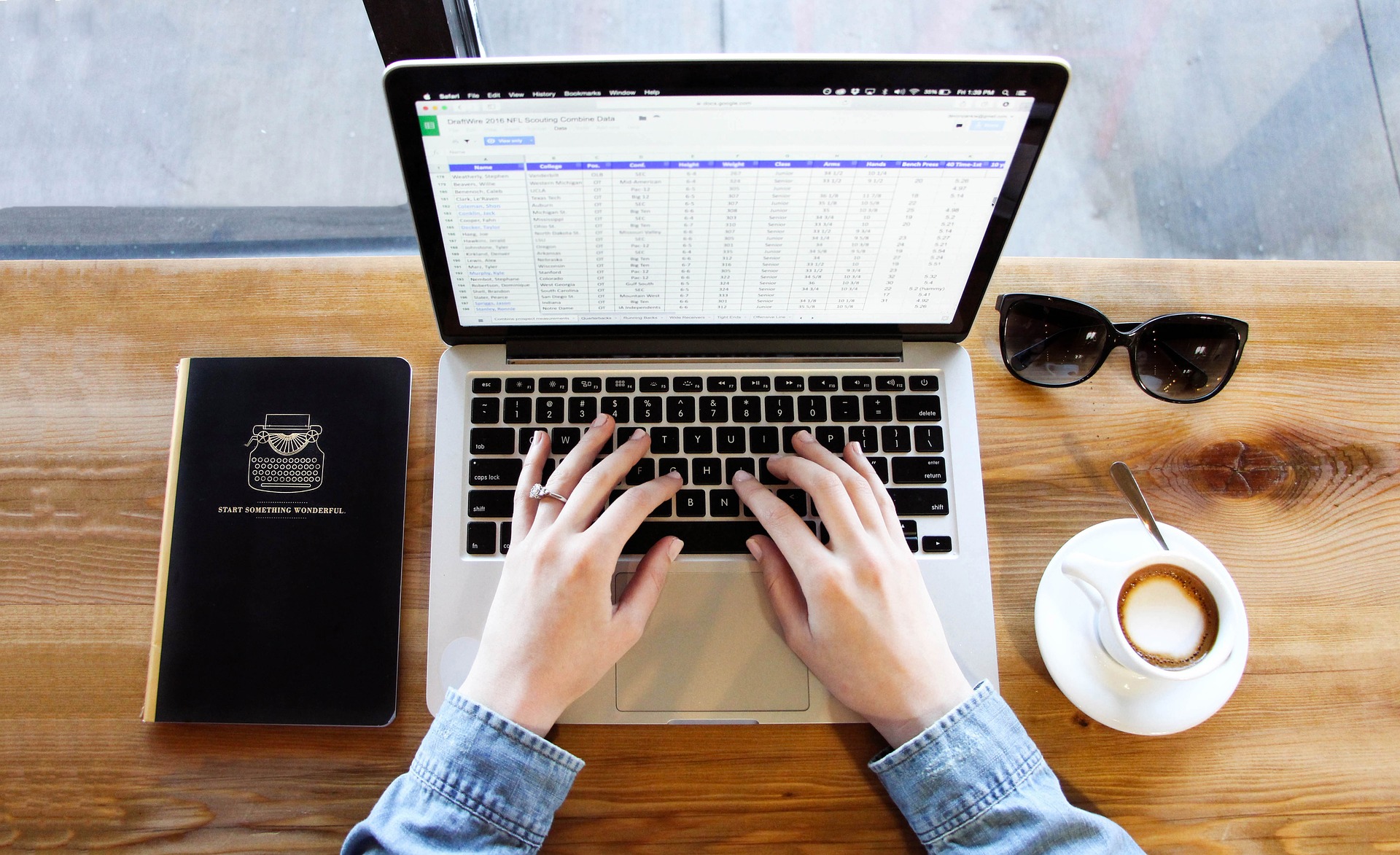Cash flow is the beating heart of a business, so it is absolutely vital that you keep on top it. Without a good cash flow, a business’ chance of survival decreases immensely. Whether you are self-employed or run a small business, having a decent flow of cash will keep your business alive. Forecasting your cash flow can be hugely beneficial to small businesses, as it helps you give you a good idea of your finances. It can be a time-consuming process, however it is essential.

Having a cash flow forecast can also help you make business decisions. For example, you might want to take on multiple new clients, but your business might not be ready for them. If you can’t pay your bills and are investing all the cash in new projects, you will face some serious financial problems. Therefore, creating a cash flow forecast can help you be prepared. Here is how to put together your cash flow forecast as a small business owner.
Length of your cash flow forecast
When it comes to creating your forecast you will first have to decide how far ahead you want to forecast. Just keep in mind that a forecast of just one year is more likely to be accurate compared to one that’s five years ahead. Additionally, a forecast will not be completely accurate, it’s a rough estimation to give you a good idea of your business finances.
It’s a good idea to put together your cash flow forecast in a spreadsheet, which can allow you to see all your expenses, sales and cash during each given month.
Sales forecast
You will need to collect data of your business finances in order to predict your cash flow in the future. A sales forecast is essential in order to create a cash flow forecast. You can create one of these using sales from the previous year. If you don’t have previous data because you are a new business, then you will have to look at average industry sales and carry out some market research to help you get some values.
In your sales forecast, remember that there will be high tides and low tides. For example, if you run a chocolate business, then you are likely to have a high tide during festive periods such as Christmas, Halloween and Valentine’s Day. This will help you predict the number of sales you can expect during those periods.
You will need to make sure to work out the price you will charge for each unit. For example, if you run a baking business, then a cake would be a unit. If you have the price you will charge per unit plus the estimated number of units sold per month for a year, this will give you a rough estimation of money coming from sales.
Business expenses
Once you have put together your sales forecast, you will need to take business expenses into consideration. Essentially, you will have to work out all the money you will have going out each month for a year. You will need to take all your business expenses into consideration, this includes:
- The bills you have to pay, for example, the office space rent
- Staff wages if you employ staff
- The costs of materials, for example, if you run a coffee shop you will need to pay for the coffee
- Tax costs (you need to have some idea of your profits so you can calculate your tax costs)
- Any other costs, including equipment, materials etc.
Cash flow
Once you have worked out your sales and expenses, you can create you finalise your cashflow forecast. You will need to take the value of your expenses and take it away from your sales. This will give you a good idea of your profit. The cash flow is the money you have to use when you need to, with more coming in as you spend it. Therefore it’s essential that you have a good cash flow otherwise you can spiral into debt.
Creating a cash flow forecast is a time-consuming task involving a lot of research and looking over previous records. However, it cannot be recommended enough as it could really save your business. ‘Cash is king’, is a term that is used when talking about the importance of cash flow as all businesses need it to survive and thrive.
More on business finances and boosting your cash flow.


Follow Company Bug